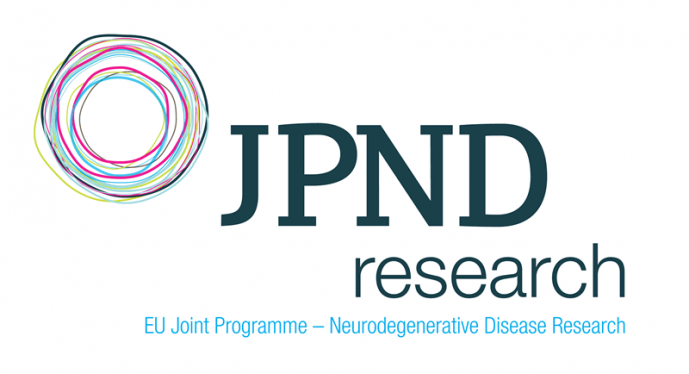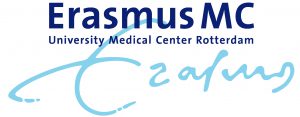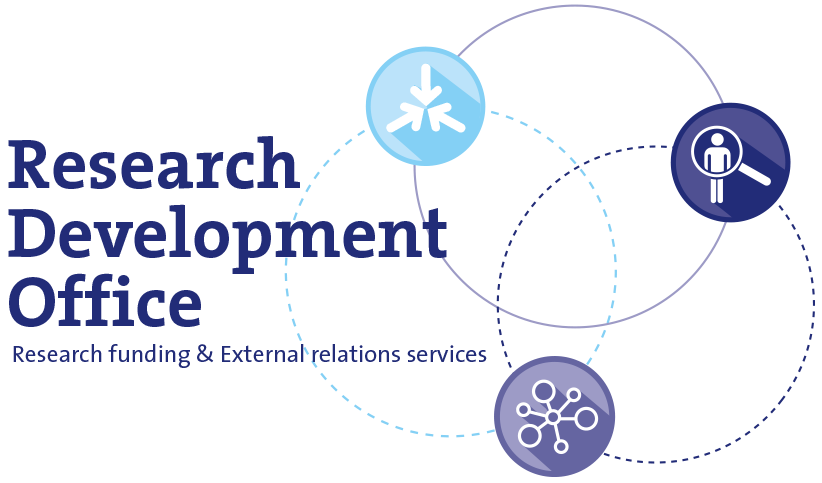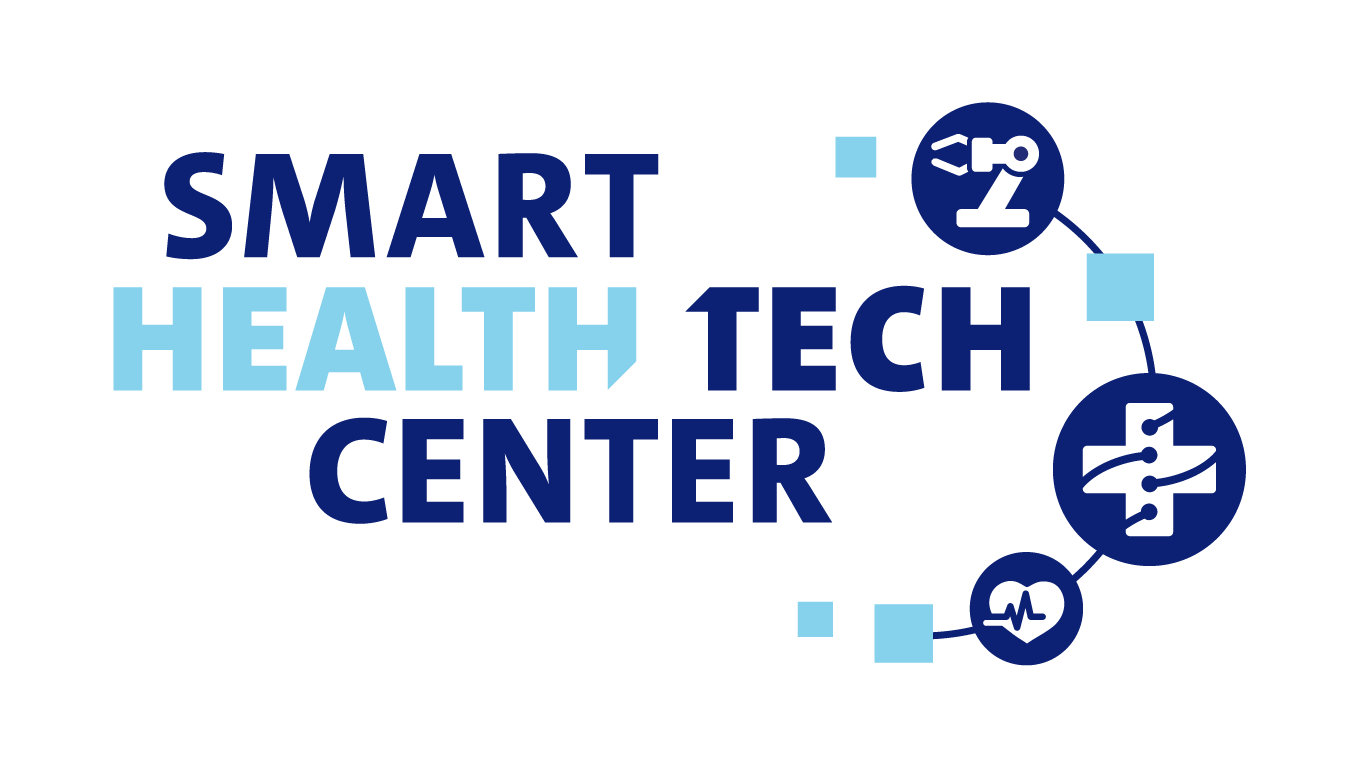HARmoNising Brain Imaging MEthodS for VaScular Contributions to Neurodegeneration (HARNESS)

Project summary
The objective of HARNESS is to disseminate and, where appropriate, standardise neuroimaging protocols for measuring the contributions of vascular disease to dementia and neurodegeneration. Our multidisciplinary group includes neurologists, neuroradiologists, psychiatrists, neuroimaging scientists, biomedical engineers, physicists, and computer scientists.
Cerebrovascular disease causes stroke and is the second most common cause of dementia. Neuroimaging research has identified many manifestations of cerebrovascular disease, with complex effects on brain structure and function. Cerebral small vessel disease is a particularly important contributor to neurodegeneration and risk for dementia. Ours is the first multinational initiative to promote harmonised data acquisition and analysis protocols for cerebrovascular contributions to dementia and neurodegeneration.
Our work is enabled by previous consensus efforts. The STRIVE criteria provided radiological terms and definitions for manifestations of small vessel disease, along with suggestions for MRI acquisition and reporting of findings. The METACOHORTS initiative aggregated information on vascular disease that is available in existing cohorts.
The HARNESS website provides downloadable MRI acquisition protocols, a database for software for analysis of cerebral small vessel disease, a link to our internal password-protected MR scan repository, and the STRIVE and METACOHORTS papers.
Impact
Type the project impact here.
More detailed information
Principal Investigator:
Hieab Adams
Role Erasmus MC:
Partner
Department:
Clinical Genetics
Project website:
Not available
Funding Agency:
EU Joint Programme – Neurodegenerative Disease Research



